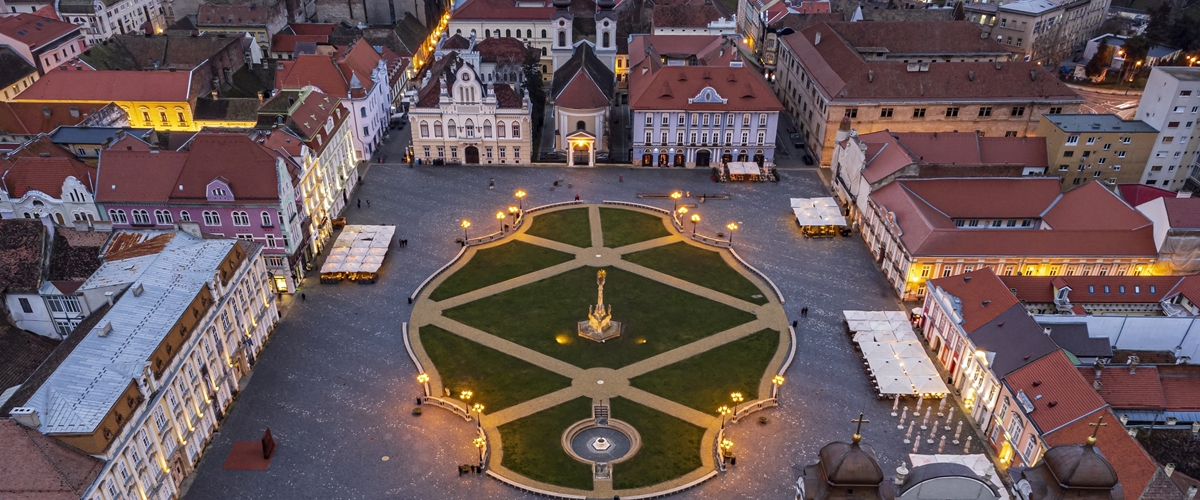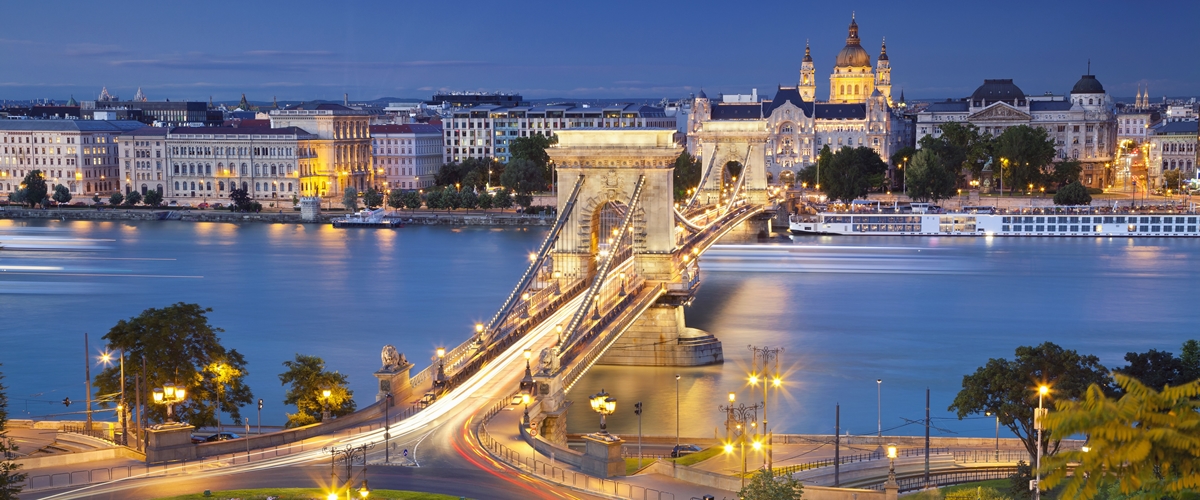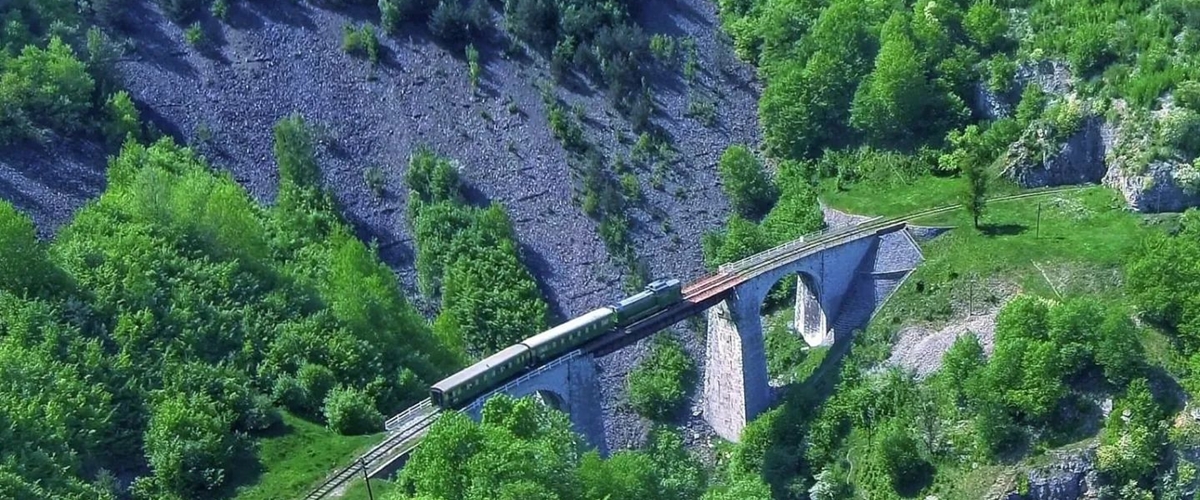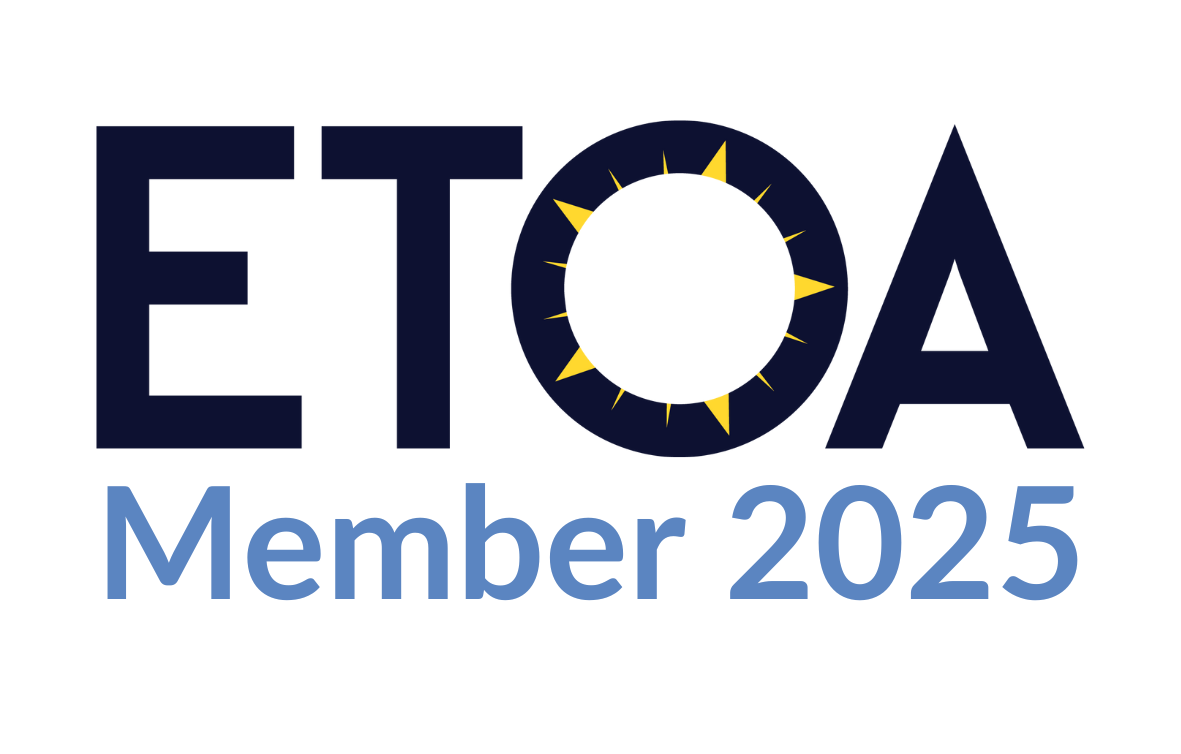Timisoara - European Capital of Culture
Timisoara General Information
Location: Western Romania
Size: 130 sq km
Population: 250.000
Distance from Bucharest: 550 km
Distance from Cluj-Napoca: 315 km
The first record of the city of Timisoara, built on the site of an ancient Roman fortress called Castrum Regium Themes, dates back to 1212.
Over the years, Timisoara, the largest city in western Romania, has been influenced by many cultures. The Romans used it as an important crossroads fortress until the Tatars destroyed it in the 13th century. Conquered by Turkish armies in 1552, Timisoara remained under their protection until 1718 when the region of Banat came under Austrian rule for two centuries. Timisoara later became a vital commercial and manufacturing town. Turks, Austrians, Germans and Serbs all left their mark and their influence can be seen in neighborhoods throughout the city even today.
The charm of this city, settled on the northern bank of the Bega River, lies in its distinct architectural character and vibrant cultural life. Frequently referred to as "Little Vienna", Timisoara is home to year-round musical and theatrical performances, art galleries, museums and a buzzing nightlife. A progressive, cosmopolitan place, Timisoara was the first city in Europe and second in the world after New York, to use electricity to illuminate its public streets. It was, also, the first European city to introduce horse-drawn trams (in 1869), first in Romania to have a paved road and first to organize a cinema projection. Its great placement in western Romania made it very open towards occidental technological developments during the years, and it soared as the first romanian city to start the Revolution and get free from communism in 1989!
Thanks to its mild climate, Timisoara has lots of public squares and lush green retreats. The city is easy to explore on foot. If you get tired, a tram will be along in a moment; the system is fast, frequent and efficient.
Timisoara abounds with churches of several denominations, an elegant baroque square and a pedestrian-only downtown area. Some of the monuments in the heart of the city afford panoramic views, while the many parks in this "city of flowers" provide an idyllic spot to take a break from sightseeing.
Timisoara is a rather complex, multicultural city as it is home to no less than 21 different ethnicities and 18 religions! Interculturality has long been a special characteristic for the western part of Romania and the city did emphasize this feature even more so in 2023, when it was the European Capital of Culture.
According to official data provided by the World Bank, Timisoara is the city with the highest economic growth in the European Union. In the world ranking for quality of life carried out by the Numbeo platform, Timisoara ranks first in Romania and 84th in the world, right after Philadelphia and Birmingham, and above Lisbon, Brussels or Manchester.
If you have the chance to see this awesome city, here are some objectives you have to tick off your list:
- Timisoara Cathedral (the city emblem)
- Union Square, Victory Square, Liberty Square (great for panoramic photos!)
- Musem of Hunyadi Castle
- Roses Parc or Bega River for a breath of fresh air
- National Museum of Banat
- The Communist Consumer Museum - a hidden gem not to be missed for curious ones!






.png)




